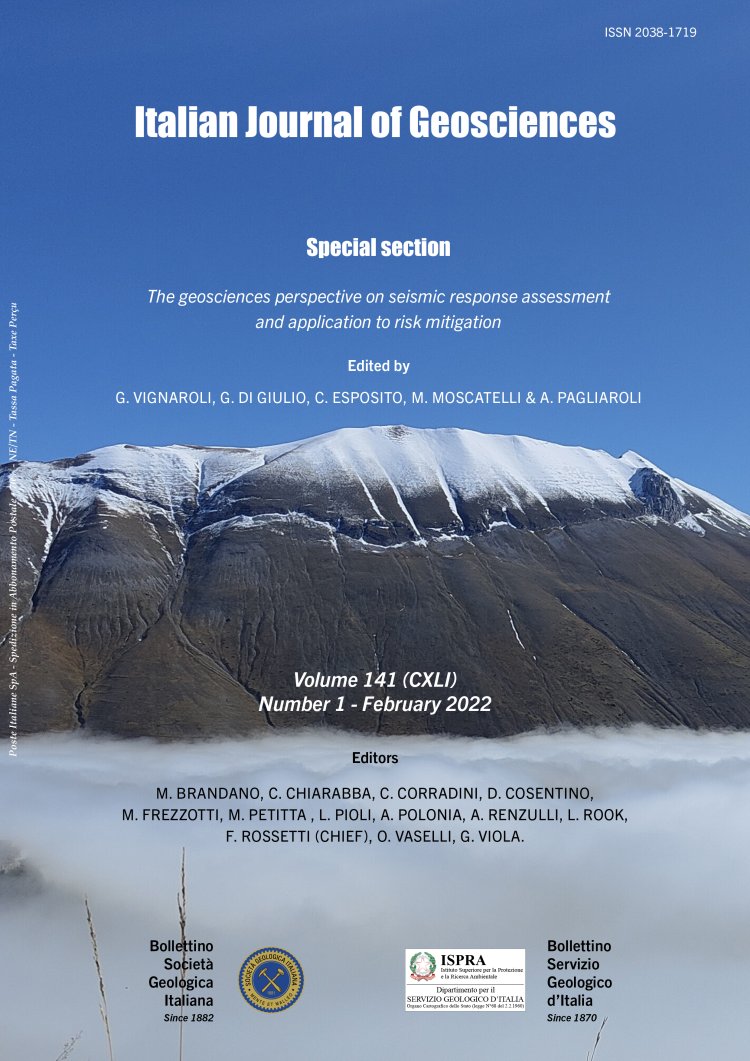

An insight on the polyphase thermal history of the Internal Rif (Northern Morocco) through Raman micro-spectroscopy investigation
Andrea Schito1,2, Achraf Atouabat2, David K. Muirhead1, Rocco Calcagni2, Roberto Galimberti3, Claudia Romano2, Amalia Spina4 & Sveva Corrado2
1Department of Geology and Geophysics, School of Geosciences, University of Aberdeen, Aberdeen AB24 3UE, UK.
2Università degli Studi di Roma Tre, Dipartimento di Scienze, Sezione di Scienze Geologiche, Largo San Leonardo Murialdo 1, 00146 Rome, Italy.
3Geolog Technologies S.r.l. (GEOTech Research and Laboratory) - Viale Ortles 22/4, 20139, Milan, Italy.
4Università degli Studi di Perugia, Dipartimento di Fisica e Geologia, Via Alessandro Pascoli, 06123 Perugia, Italy.
Corresponding author e-mail: andrea.schito@abdn.ac.uk
Volume: 141 (2022) f.1
Pages: 104-119
Abstract
Micro-Raman spectroscopy on carbonaceous material has been applied to estimate the maximum paleo- temperatures achieved by the Tectono-metamorphic units that constitute most of the backbone of the Internal domain of the Rif orogen in North Morocco. The Internal Rif is composed by the continental deep units of the Sebtides, exhumed at the end of the Alpine cycle, overlained by the Variscan Ghomarides. Both units are trust above the meta-carbonates of the Dorsale Calcaire. In the norther part of the Rif, the Sebtide complex cropping out at the core of the Beni Mezala antiform suffered maximum paleo-temperatures derived from Raman parameters typical of greenschists facies, whereas in the flanks of the antiform the gap in temperatures between Lower Paleozoic (Silurian and Devonian) and Carboniferous Ghomarides probably reflect the temperatures peaks reached during Eo Variscan and Late Variscan phases. Moreover, our data suggest that one of the two analysed units in the Ghomarides always reached higher metamorphic conditions during both Variscan cycles. Further to the south, the increase in maximum temperatures towards the contact with the Beni-Bousera peridotite reflects an Alpine thermal overprinting, probably linked to slab retreat and delamination driven crustal anatexis, accompanied by magma emplacement during the last phases of the Alpine orogenesis.
Keywords
Get Full Text